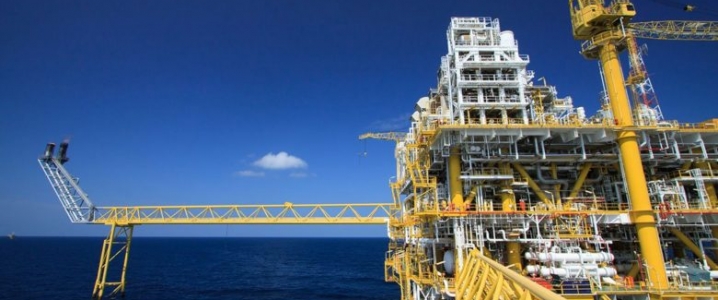
The Safaniyah oil field in Saudi Arabia—the world’s largest—is producing at a reduced capacity after a ship’s anchor cut a main power cable, Reuters reports citing a knowledgeable source. An earlier report from MarketWatch quoted information from Energy Intelligence suggesting production at the filed had completely stopped, sparking worry about global heavy oil supply.
The worry was justified: with Venezuela sliding more deeply into chaos and with new U.S. sanctions reducing the flow of Venezuelan heavy crude to refineries, another heavy crude-producing field outage is exactly what the market does not need.
Safaniyah has a production capacity of over 1 million barrels of heavy crude: reason enough for the market to get excited or worried, or both. However, now that there is more information about the possible cause of the outage and its extent, this excitement or worry might calm down.
With or without a field outage, however, Saudi Arabia has once again played the star role in helping oil prices recoup some of the losses suffered late last year. The Kingdom has been reducing its production by more barrels than it was obliged to, leading an almost 800,000-bpd OPEC-wide production decline last month.
Saudi Arabia plans to reduce its crude oil production further, to 9.8 million bpd in March, Energy Minister Khalid al-Falih said in an interview for the Financial Times. This compares with more than 11 million bpd produced in November. Exports, Al-Falih said, will also fall substantially over this month and next, to an average of 6.9 million bpd from 8.2 million bpd in November.
In the more immediate term, however, Brent jumped above US$65 a barrel after beginning today’s trade with a slide below this level. The credit was due the news of the partial production outage at Safaniyah, but earlier reports from this week about OPEC’s output cuts also helped.
At the time of writing, however, Brent crude was trading at US$64.84 a barrel, with WTI at US$54.59 a barrel.























